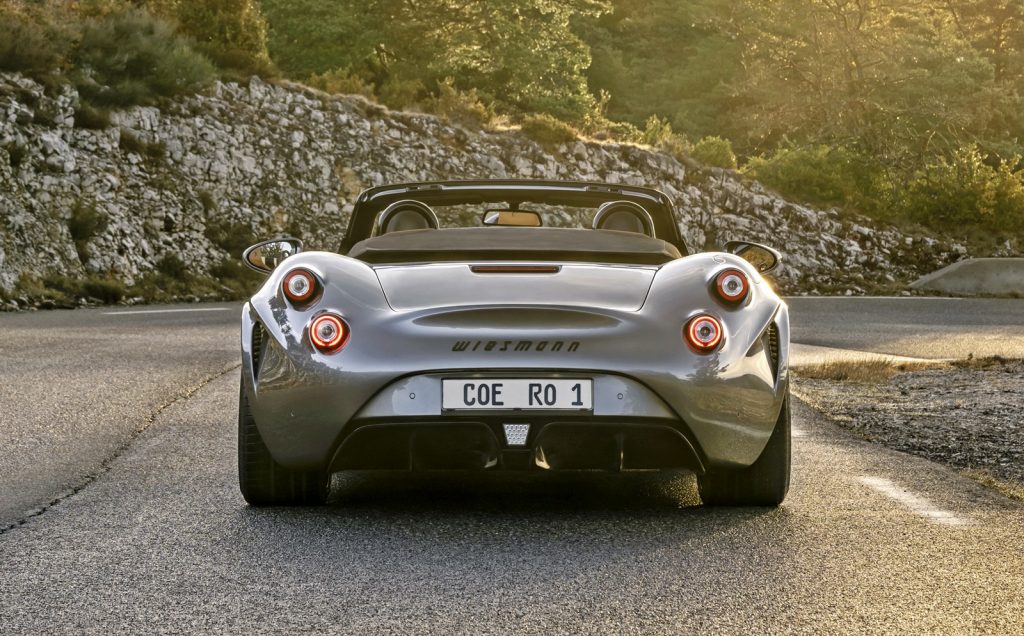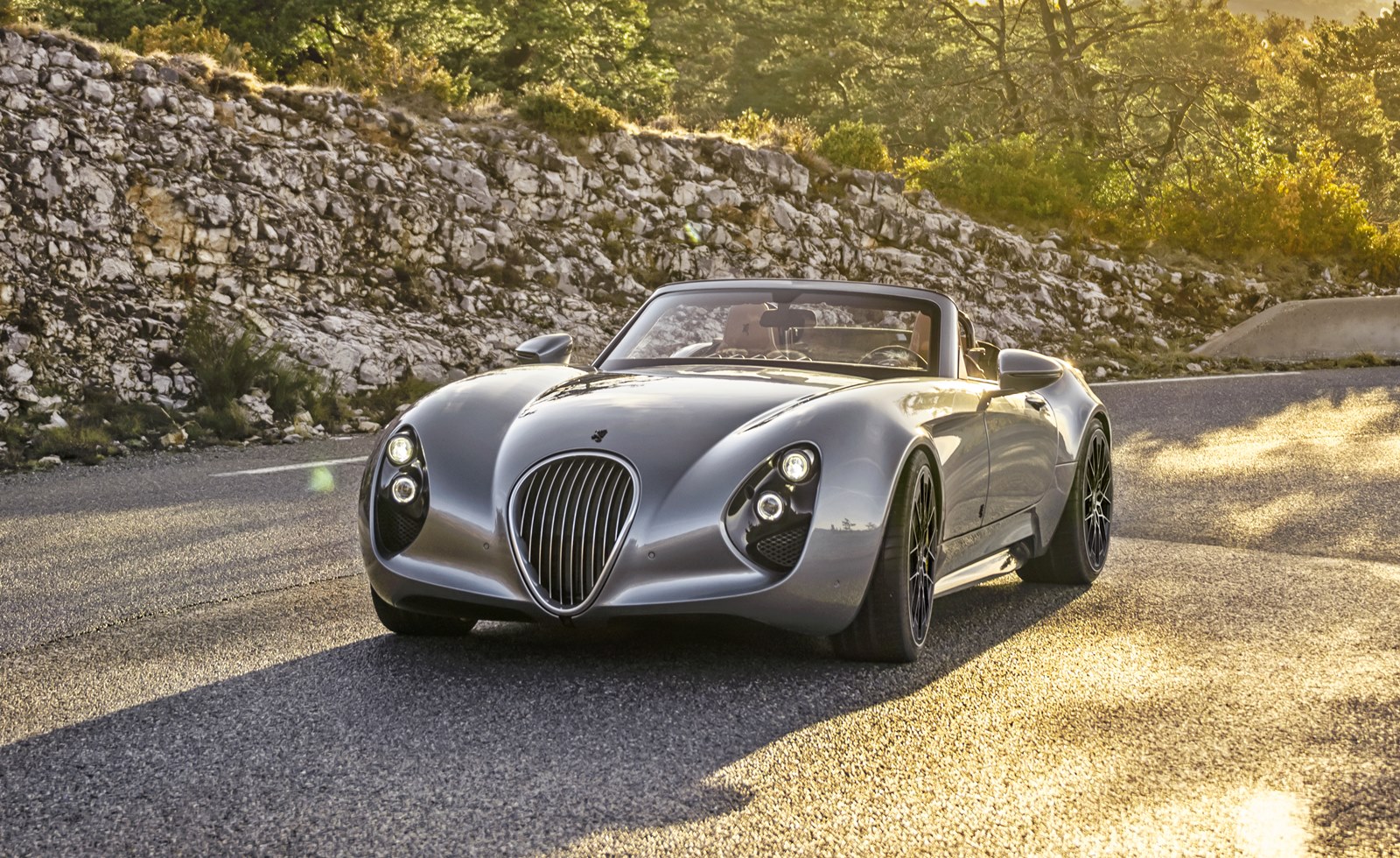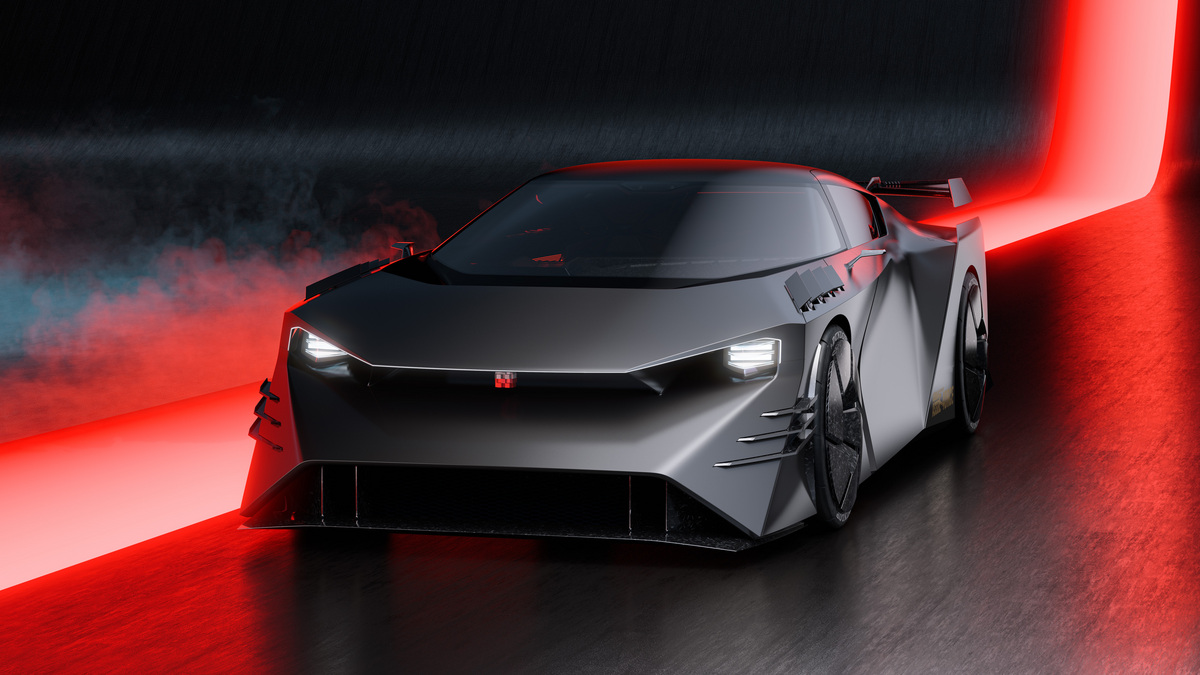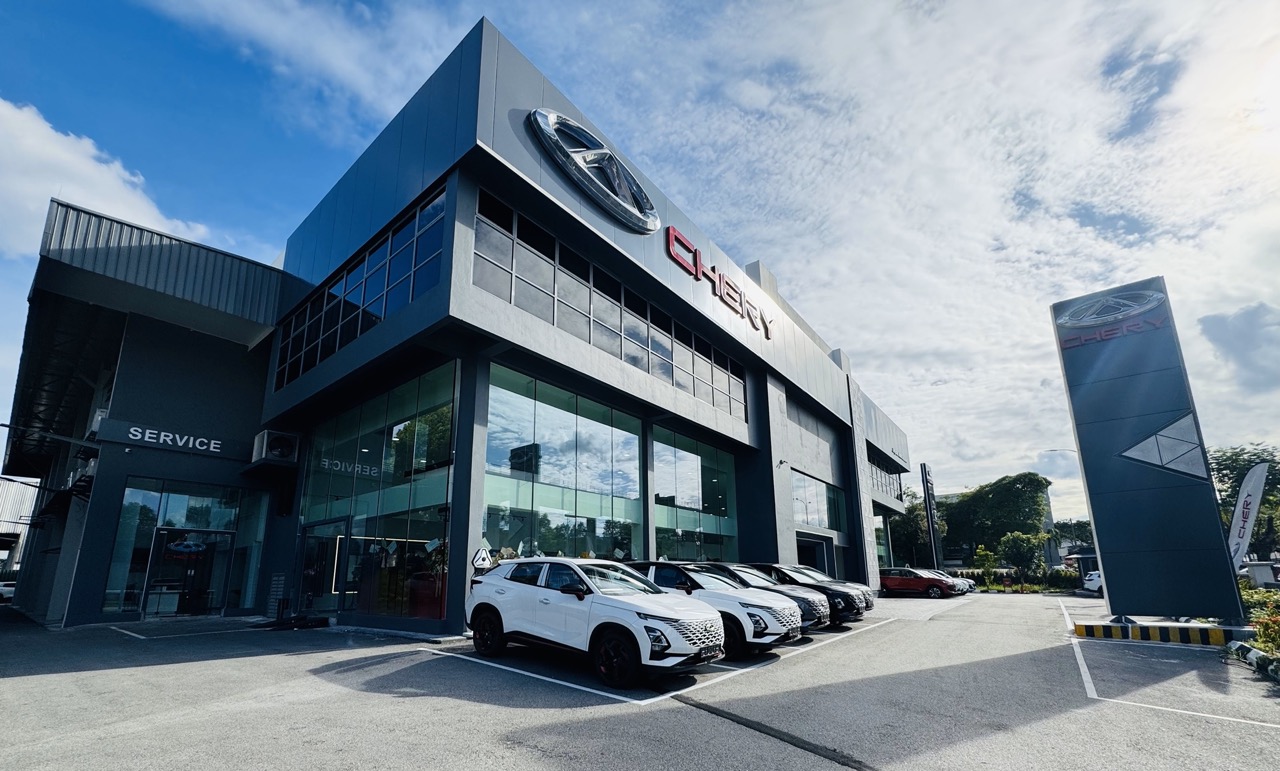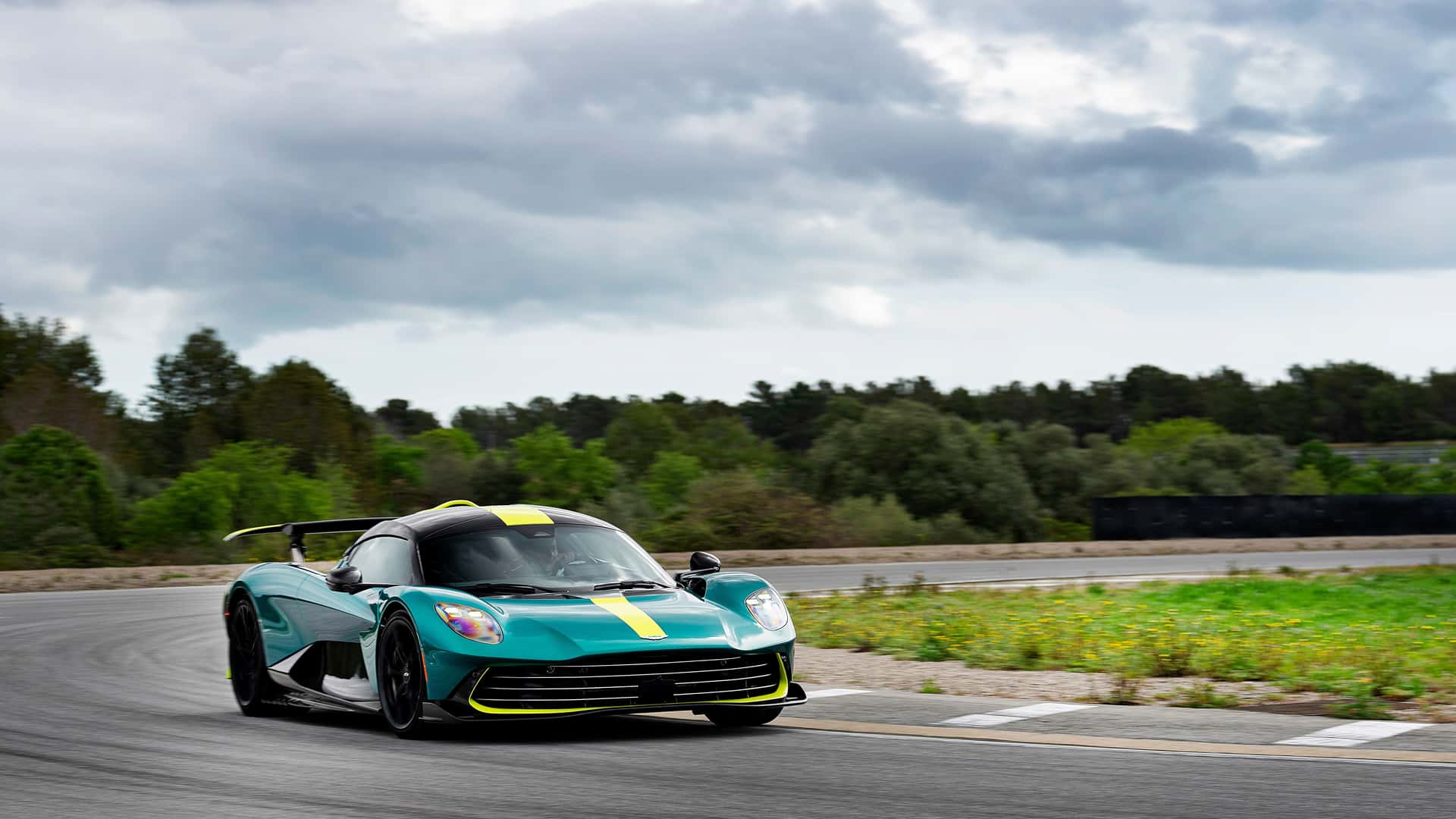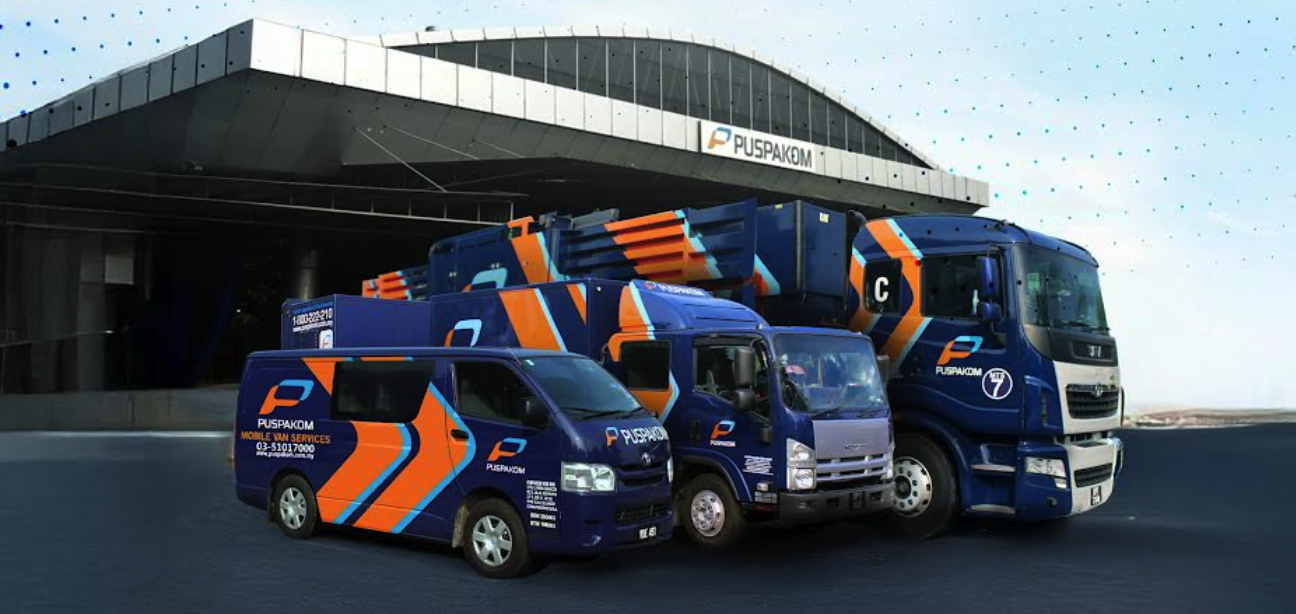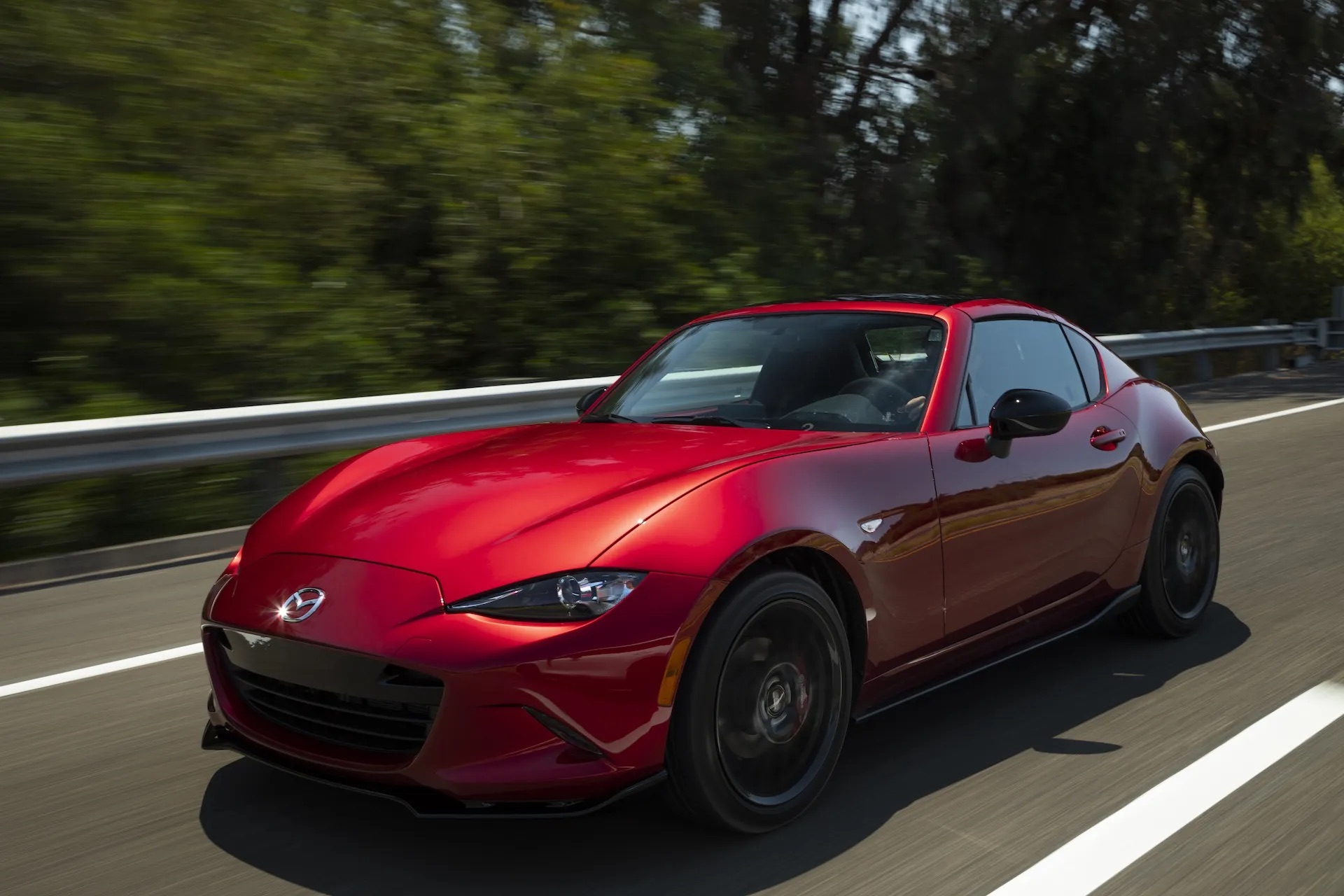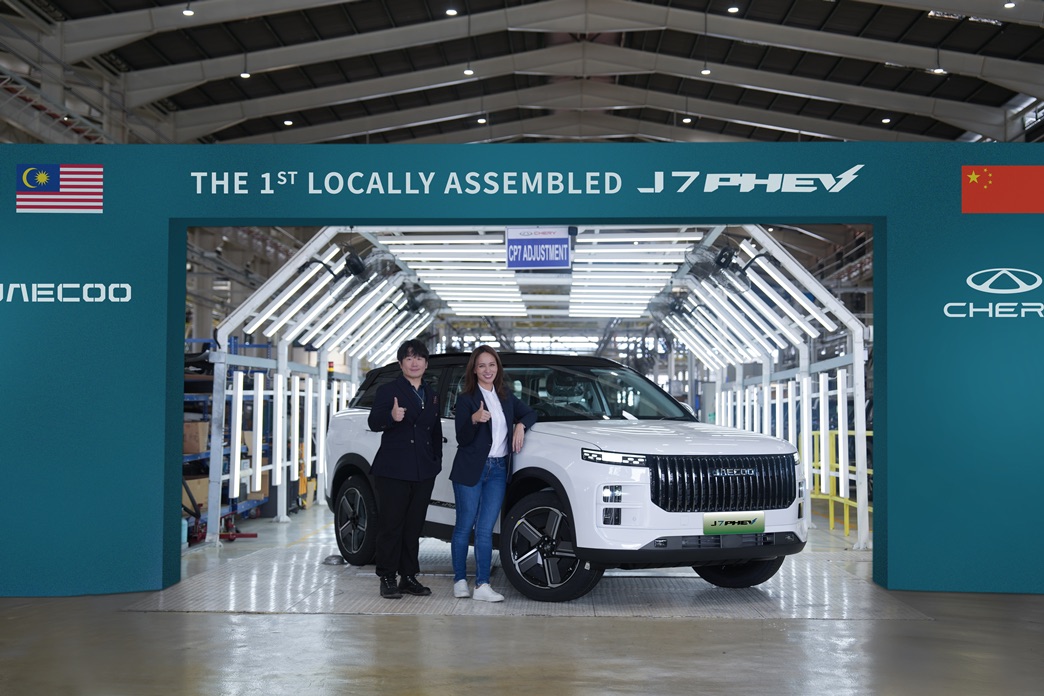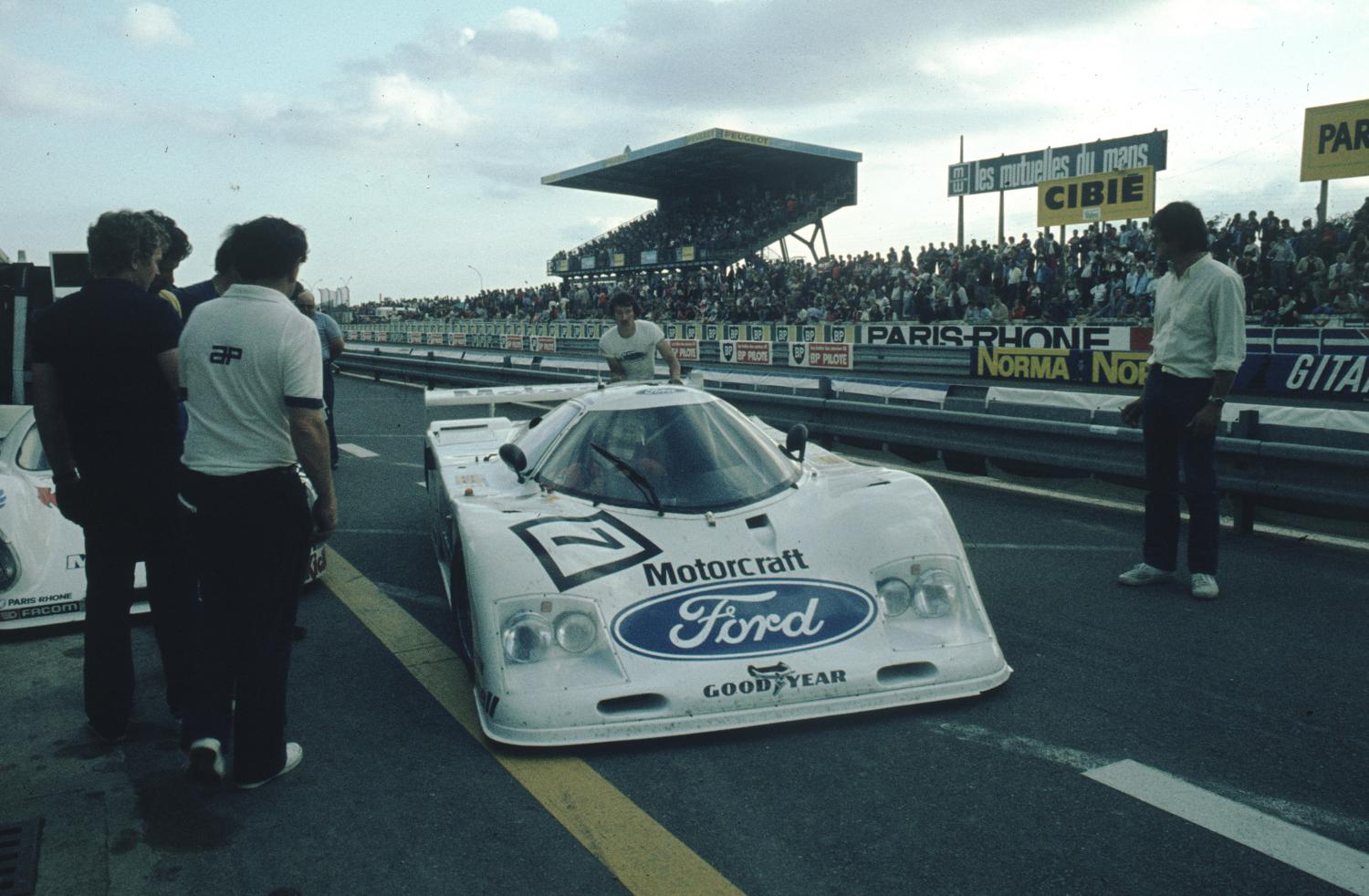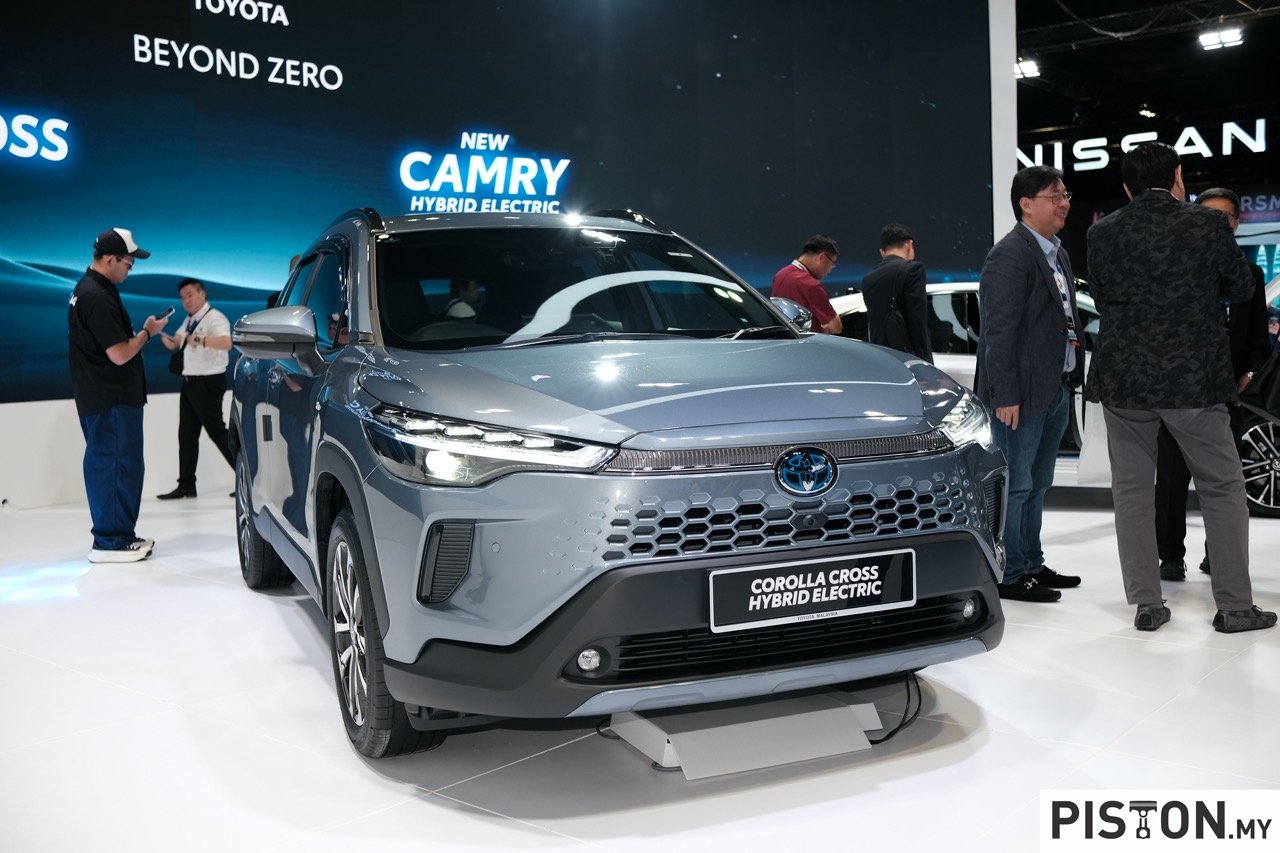Weismann, a German luxury carmaker, was around as far back as 1988 but did not have much visibility. After disappearing for a while due to financial problems, it reappeared in 2016 and announced a plan to develop new models.
The first of these models, which has ‘Project Thunderball’ as its codename, will the world’s first fully electric convertible roadster. A prototype was revealed in May this year, showing much of the exterior and interior design. But technical details were brief, with the company saying that it will have a ‘highly engineered electric powertrain providing breath-taking performance’.
Weismann has now made further progress in the car’s development and has validated the various systems to be confident to talk about them. The 2-seater rear-wheel drive will have twin rear-mid mounted electric motors delivering up to 500 kW (680 ps) and 1,100 Nm of torque, with claimed 0 to 100 km/h time of 2.9 seconds.
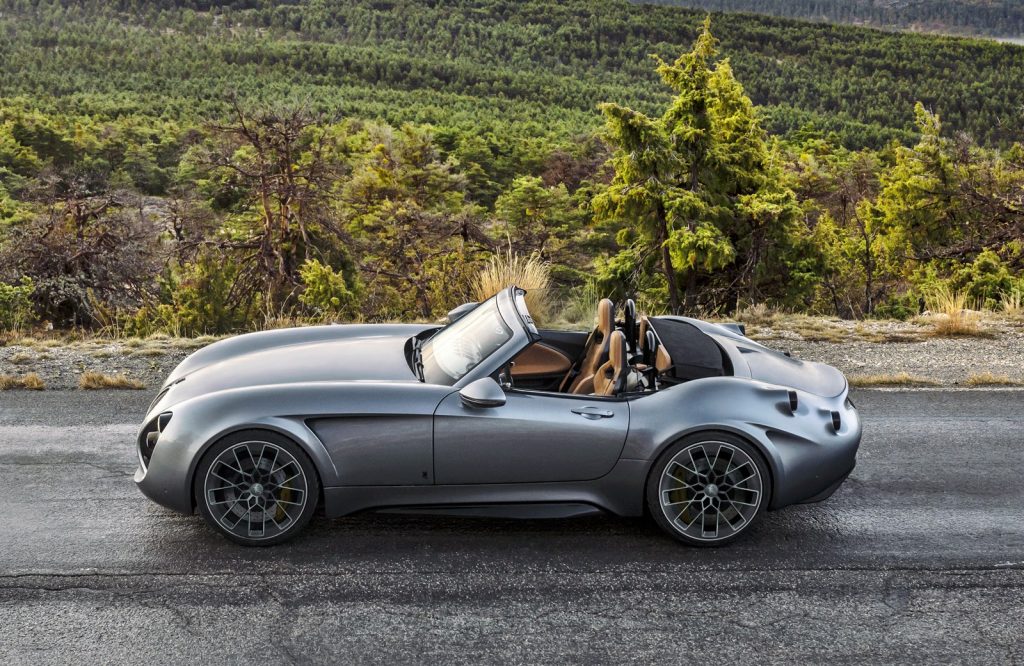
The bespoke chassis architecture has its powertrain components intelligently packaged to provide the lowest possible centre of gravity. To keep the typical roadster proportions, the position of the driver and passenger are positioned as far backward as possible. This presented a challenge to integrate the drivetrain and large battery into the car’s small footprint.
The challenge was welcomed by Weismann engineers who located the drivetrain behind the driver’s seat and battery modules in a T-shape along the centre tunnel and into the front section along with the twin Axial flux, PMSM e-motors.
With lightweighting key to efficiency, Project Thunderball weighs a little more than 1700 kgs, thanks to its light powertrain and carbonfibre body. Based on the output stated, this would give an impressive 2.5 kgs per ps of performance.

500-km range
At the heart of Project Thunderball lies one of the most energy and power-dense battery packs available, providing a target range of 500 kms. The 92 kWh (with an option of 83kWh) lithium-ion battery has series modules with integrated pouch cells which, in total, weigh no more than 500 kgs
The generous battery capacity is uniquely high for a roadster, and more akin to that of a sedan or SUV. Installing this capacity into a roadster will bridge the gap from a pure short-trip leisure car to a serious weekend car for longer journeys.
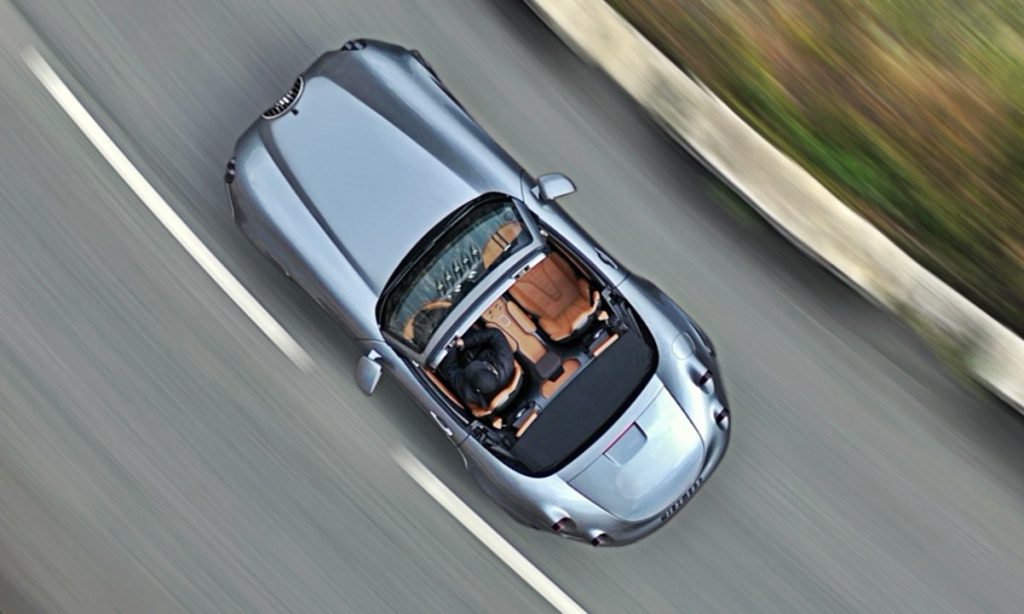
800V architecture for high-speed charging
State-of-the-art 800V high-voltage architecture enables ultra-rapid 300 kW DC fast-charging at a public charger or charging domestically via the 22 kW onboard charger. Charging is provided via a standard Type-2 charging port with AC and DC ports available.
To keep the battery pack at optimum condition, the engineers at Weismann developed a sophisticated thermal management system for the battery module. Using a water-glycol mix, the modules are cooled via a bespoke designed, flow-simulated and optimized cooling plate. This transfers the heat to the base of the module as quickly as possible.
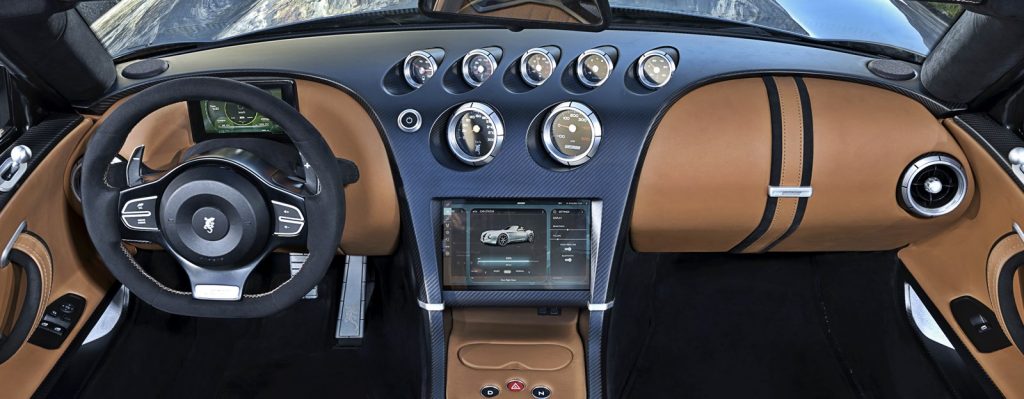
A bespoke Battery Management System has also been developed. With this, the engineers have more freedom to adjust, calibrate and fine-tune the car’s drivability so that performance is optimised for all driving states and ambient conditions.
Regenerative braking system
Wiesmann sees many modern electric cars lacking emotion and immersive, and it aims to ensure its own car offers these important elements for driving pleasure. To implement their own idea of how an ‘emotional EV’ drives, a unique Intelligent Regenerative Braking System has been specifically developed. With 5 setting levels available, the steering wheel-mounted paddles allow instant adjustment of the car’s regenerative braking power, much like the shifting of gears on a car with a combustion engine, so the driver is more involved.
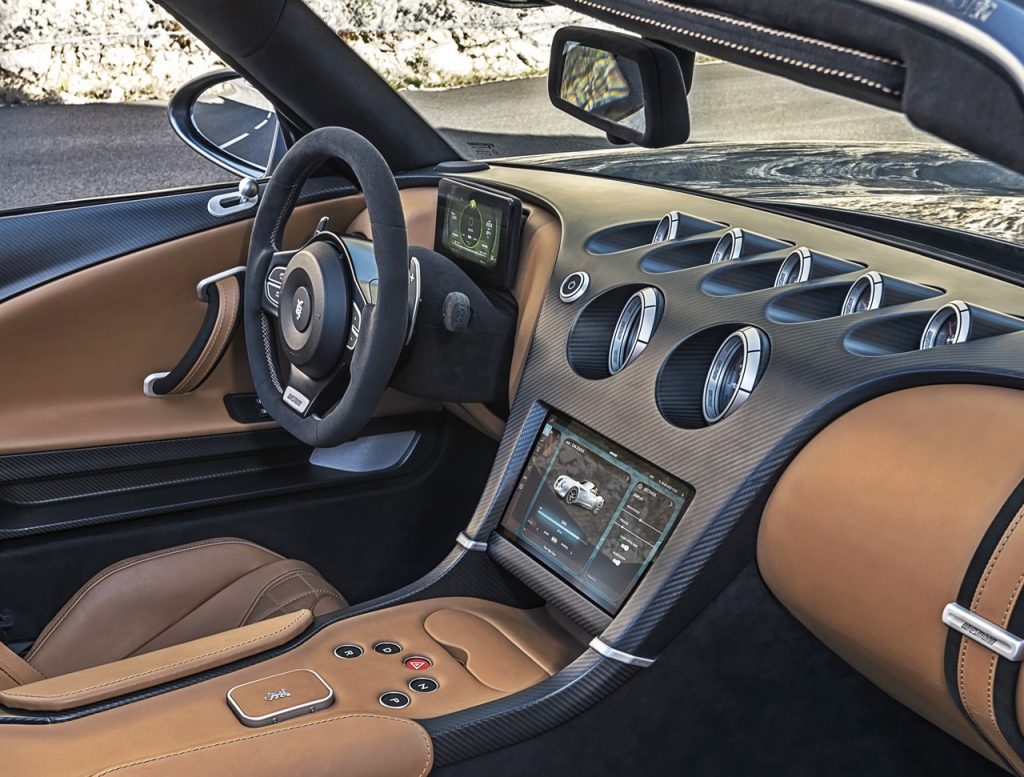
The driver can change the feel from the motors to give a stronger engine braking effect when going downhill or braking into corners, just like downshifting. At the same time, recharging of the battery takes place to refill the battery pack and go further.
The return of Wiesmann
“The continued development of Project Thunderball is bringing Wiesmann ever closer to the goal of producing what will be the world’s most exciting electric sportscar. Thanks to endless research and testing, the roadster will blend our bespoke cutting-edge powertrain technology with Wiesmann’s trademark German engineering excellence. We are putting the emotion back into EVs. Which is why technology has been a key part of this project, creating a vehicle that not only has the stunning looks of a true Wiesmann, but also drives like a world-class sportscar,” said Roheen Berry, CEO of Wiesmann.
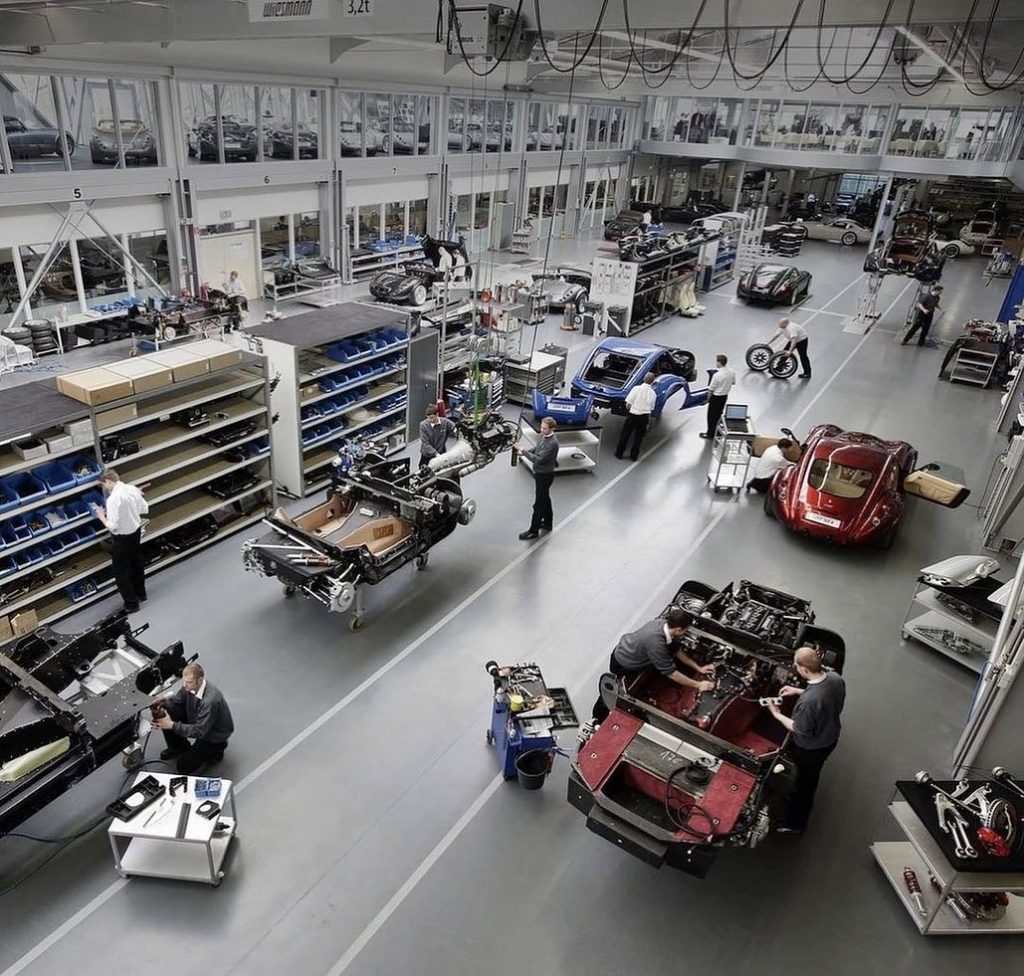
He revealed that the car has received enthusiastic response from customers and three-quarters of the first year of production slots have been allocated. Production of Project Thunderball, to be priced from 300,000 euros (about RM1.4 million) will take place at Wiesmann’s ‘Gecko’ factory in Germany.
